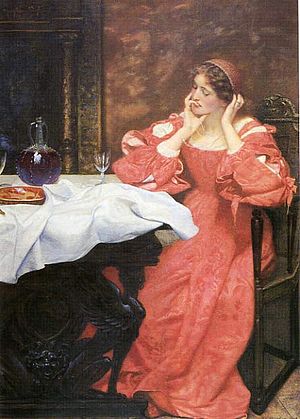 |
| Katherina contemplates her empty plate in The Taming of the Shrew (Photo credit: Wikipedia) |
http://yocee.in/2013/08/my-experience-on-stage-and-backstage/
Happy Reading!!! Do share you comments.
 |
| Katherina contemplates her empty plate in The Taming of the Shrew (Photo credit: Wikipedia) |
 |
| source: http://bit.ly/ySESJK |
|
|
Valid
|
Invalid
|
|
Sound
|
A
|
B
|
|
Unsound
|
C
|
D
|
 |
| bookshelf edit (Photo credit: youreyes) |